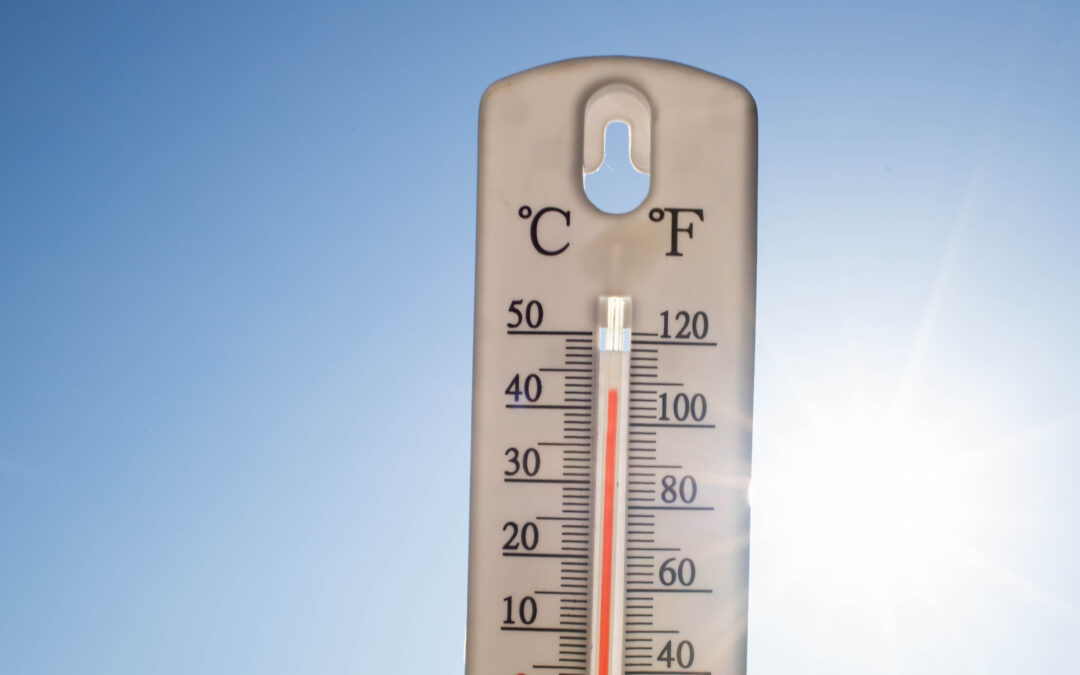The Importance of Well-Insulated Cooling Stations
Regardless of cause and the whole debate surrounding that, as climate change accelerates, extreme heat waves are becoming more frequent and intense, posing significant risks to human health. Prolonged exposure to high temperatures can lead to severe health issues such as heat stroke, dehydration, and even death. In this context, the importance of well-insulated cooling stations and buildings cannot be overstated. By using advanced insulation technologies, like EPS core insulation boards with built-in thermal breaks in wood-steel hybrid buildings, we can create safer, more comfortable environments to protect people from the dangers of extreme heat.
The Dangers of Extreme Heat
Health Risks
- Heat Stroke: One of the most severe consequences of extreme heat is heat stroke, which occurs when the body can no longer regulate its temperature. Without immediate medical attention, heat stroke can cause permanent damage to the brain and other vital organs.
- Dehydration: High temperatures can lead to excessive sweating, which depletes the body of essential fluids and electrolytes, resulting in dehydration. Symptoms of dehydration include dizziness, confusion, and fainting.
- Chronic Conditions: Extreme heat can exacerbate existing health conditions such as cardiovascular disease, respiratory problems, and diabetes. Vulnerable populations, including the elderly, children, and those with preexisting health issues, are at higher risk.
Impact on Infrastructure
- Heat-Induced Damage: Prolonged heat can cause significant damage to infrastructure, including buildings, roads, and bridges. This can lead to costly repairs and increased safety risks.
- Energy Demand: High temperatures increase the demand for air conditioning, straining electrical grids and leading to potential power outages. This can create a vicious cycle, where the need for cooling exacerbates the problem that it aims to solve.
The Importance of Well-Insulated Cooling Stations
Creating Safe Havens
- Health Protection: Well-insulated cooling stations provide a refuge from extreme heat, reducing the risk of heat-related illnesses. These safe havens are essential for vulnerable populations who may not have access to adequate cooling at home.
- Community Resilience: Cooling stations serve as critical infrastructure during heat waves, helping communities cope with extreme temperatures and maintain public health and safety.
The Role of EPS Core Insulation Boards
- Thermal Efficiency: EPS (expanded polystyrene) core insulation boards are highly effective at regulating indoor temperatures. They provide excellent thermal resistance, reducing the need for excessive air conditioning and maintaining a comfortable environment.
- Built-In Thermal Breaks: Incorporating thermal breaks into insulation design further enhances energy efficiency by minimizing heat transfer through the building envelope. This ensures that cooling stations remain effective even during the hottest days.
Benefits of Wood-Steel Hybrid Buildings
- Strength and Durability: Wood-steel hybrid buildings combine the strength and durability of steel with the natural insulating properties of wood. This combination results in structures that can withstand extreme weather conditions while maintaining optimal indoor temperatures.
- Sustainable Construction: Hybrid buildings offer a sustainable solution for cooling stations. The use of renewable wood resources, combined with energy-efficient insulation, reduces the overall environmental impact of construction and operation.
Conclusion
As climate change continues to drive extreme heat events, the need for well-insulated cooling stations becomes increasingly urgent. By leveraging advanced insulation technologies, such as EPS core insulation boards with built-in thermal breaks, and constructing wood-steel hybrid buildings, we can create safe, comfortable environments that protect public health and enhance community resilience.
It is essential to prioritize the development of these cooling stations to mitigate the perils of extreme heat and ensure that all individuals have access to safe refuges during heat waves. Investing in well-insulated cooling infrastructure is not just a matter of comfort; it is a critical step toward safeguarding health and well-being in a changing climate.
Thank you for reading. Feel free to share your thoughts or stories about how climate change and extreme heat have affected your community and the importance of cooling stations in your area.



